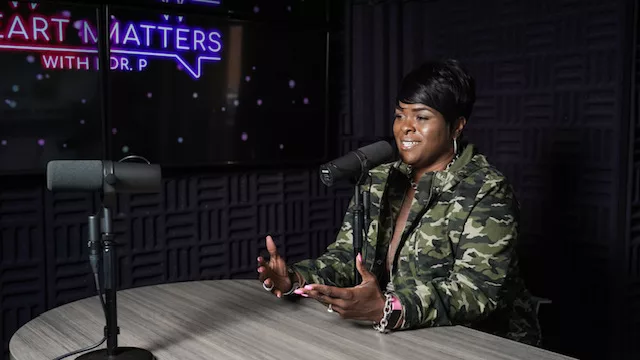You have all your positions filled. The building is in excellent condition. The only thing missing is your teachers and students.
As you walk your halls, thinking about the first day your teachers return, you’re reminded that every school year is a new beginning. Each year calls for intentional focus on the group of people who proudly call you Principal.
You make a beeline back to your office to glance at the prep/plan checklist. Everything is complete. You pause, breathe, and remind yourself, “You’ve got this.” And you do. But deep down you also know—this is only the starting line. There will always be people who “test the water” to see if it’s really hot. That’s okay. Intentional leadership equips us to meet those moments with clarity, patience, and strategy.
The Real Test of Leadership
Here’s the test they don’t teach you in higher education: How are you going to be intentional with every single person you encounter this school year?
When you can answer that question, you’re on your way to creating a climate of continuous growth. Your faculty and staff will want to stand with you. Your students will feel excited to learn. And your parents will stand in full support—because you have intentionally invited them into the creative process of school improvement.
Let’s unpack what intentional leadership really means and dismantle a few myths along the way.
Challenge Assumptions With Purpose
Being intentional means refusing to let “that’s just how it’s always been” guide our decisions. Schools and districts often inherit beliefs about what success looks like, how discipline works, or what leadership should look like. These assumptions can be dangerous when left unchecked.
For instance, if you already know a teacher is struggling with classroom management, do you wait for failure? Instead, provide intentional mentorship, targeted professional learning, build trust in leader interactions, and set clear accountability.
Align Every Action to the Mission
Intentional leadership requires us to stop confusing activity with progress. Every meeting, initiative, and policy must connect back to the mission of equitable learning and student growth.
If an effort doesn’t move the needle toward that vision, we must have the courage to ask: Why are we doing this?
Here’s the difference: we can pour resources into a professional development program that keeps teachers busy—or we can intentionally create professional learning communities designed around the real needs of the team. Which one builds authentic buy-in?
As a former principal, I can tell you—buy-in isn’t about programs. It’s about people.
Model New Ways of Thinking
Leaders set the tone for how beliefs shift across a school or district. By being transparent in decision-making, amplifying voices that are too often left unheard, and modeling courageous conversations, we create a culture where reimagining education is not just allowed—it’s expected.
Intentional leadership is not about talking more. It’s about showing what’s possible when we dismantle limiting beliefs.
Bringing It Back to Your Office
Remember that moment when you made a beeline back to your office? The checklist was complete, but real work was only beginning. That’s the place where intentional leadership starts—by setting clear, purposeful protocols for how you will engage with every staff member, every student, and every parent.
This year, don’t just run your building. Lead it—with intention.
— Naesha Parks


